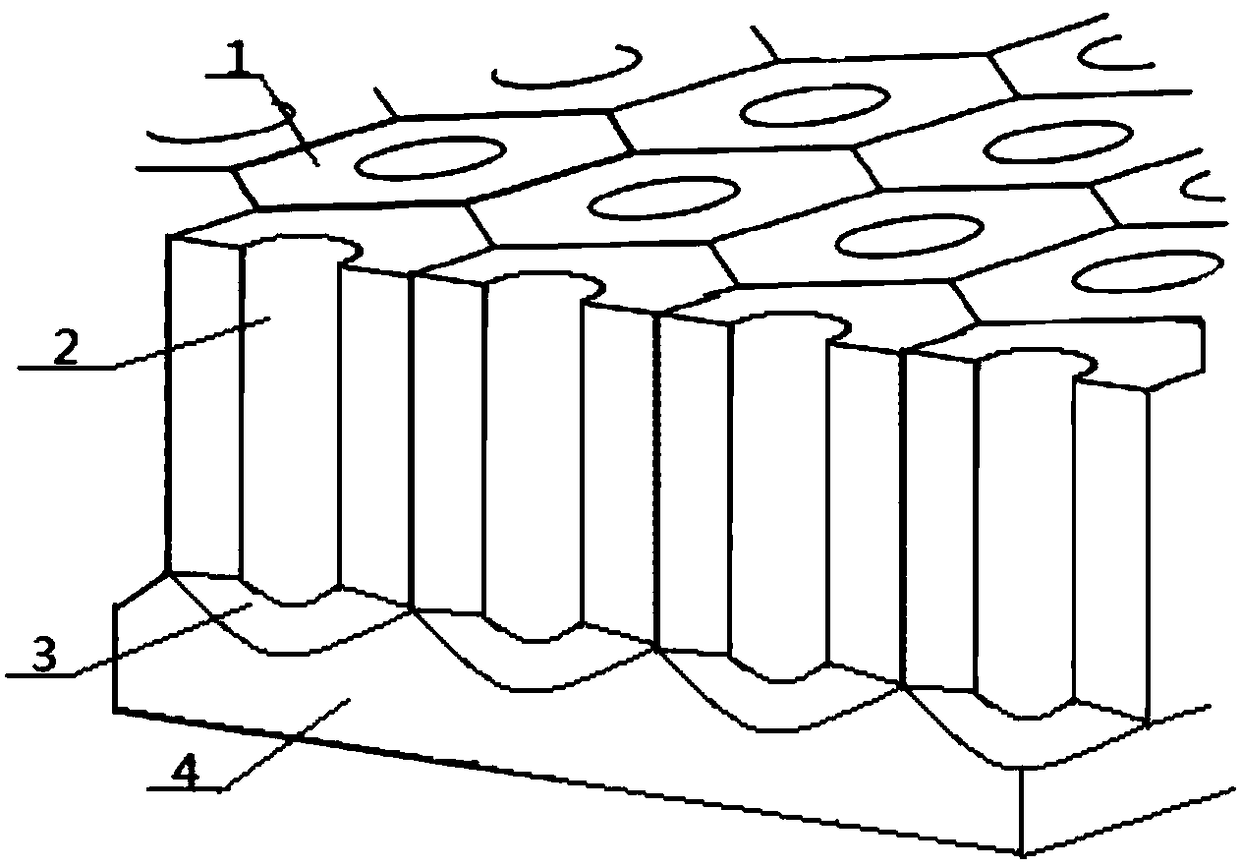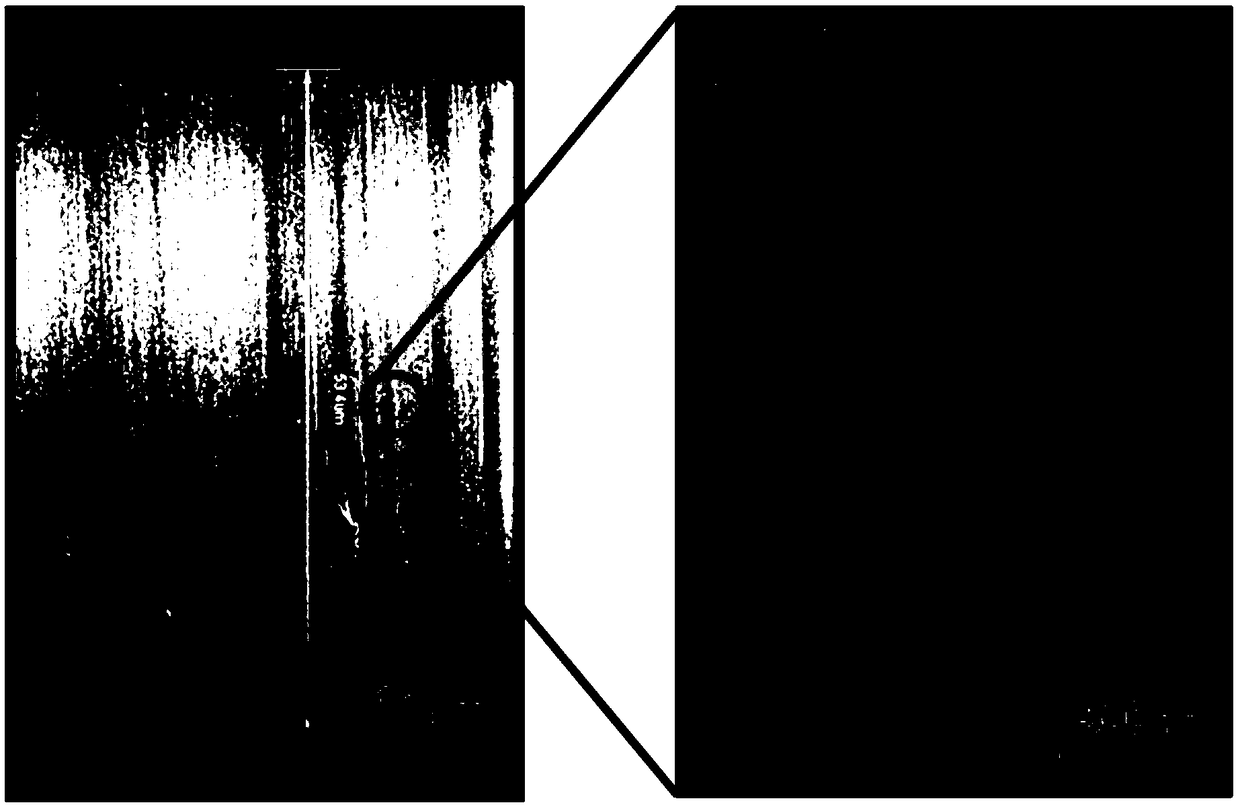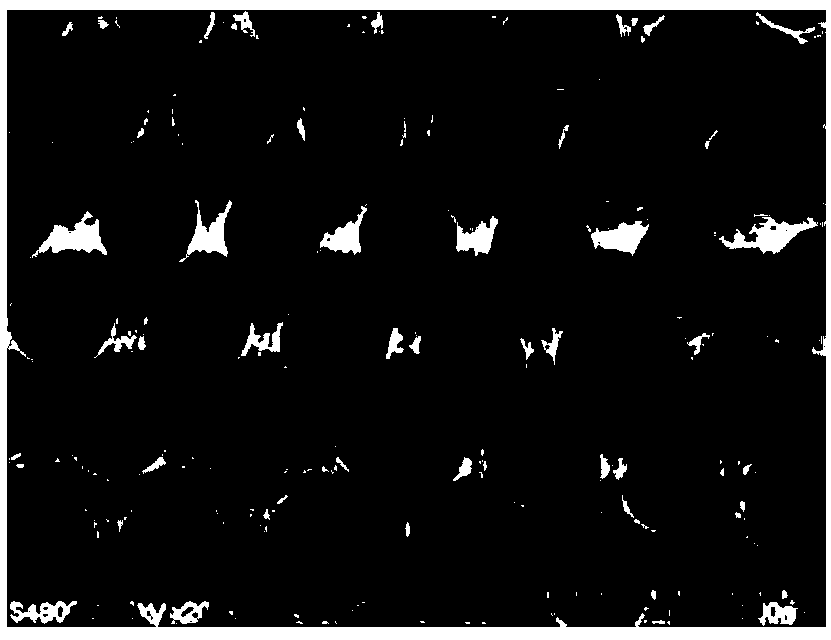Exosome separation method and separation device thereof
A separation method and exosome technology, which can be used in sterilization methods, methods of supporting/immobilizing microorganisms, semi-permeable membrane separation, etc., which can solve the problems of uneven particle size, low purity and recovery rate, and many impurity proteins. , to achieve the effect of reducing the possibility, high through-hole ratio, and high efficiency
- Summary
- Abstract
- Description
- Claims
- Application Information
AI Technical Summary
Problems solved by technology
Method used
Image
Examples
Embodiment 1
[0039] The steps of the method for separating exosomes in serum are as follows:
[0040] (1) Serum is prepared by filtration or centrifugation;
[0041] (2) Remove platelets and cell debris contained in the serum by microfiltration membrane filtration with a pore size of 1 μm, and collect the filtrate;
[0042] (3) adopting the filtrate collected in the uniform aperture anodic aluminum oxide membrane filtration step (2) with an aperture of 300nm through oxygen plasma cleaning in advance for 3 minutes;
[0043] (4) Using the exosome collection surface to collect the filtrate obtained in step (3) to obtain exosomes with a diameter below 300 nm.
[0044] Such as Figure 5 Shown is a schematic diagram of the process of isolating exosomes, that is, the serum 5 containing platelets and cell debris is first filtered through a microfiltration membrane 6 to obtain a filtrate 7, which is then filtered through an anodized aluminum oxide membrane 8 with a uniform pore size, and exosomes...
Embodiment 2
[0046] The steps of the method for separating exosomes in serum are as follows:
[0047] (1) Serum is prepared by filtration or centrifugation;
[0048] (2) The serum in the step (1) is filtered by an anodic aluminum oxide membrane with a uniform aperture of 300 nm and a thickness of 60 μm soaked in hydrogen peroxide solution for 20 hours in advance, and the filtrate is collected;
[0049] (3) adopting the filtrate collected in the uniform aperture anodic aluminum oxide membrane filtration step (2) that is 30nm and thickness is 50 μm through the aperture of soaking in hydrogen peroxide solution for 15 hours in advance;
[0050] (4) Collect the exosomes on the anodic aluminum oxide film with a uniform pore size of 30 nm in step (3) to obtain exosomes with a diameter of 30-300 nm.
[0051] Such as Figure 6 Shown is the particle distribution diagram of exosomes isolated from serum by the method of this example, and it can be seen that the diameter of exosomes is concentrated b...
Embodiment 3
[0053] The steps of the method for separating exosomes in urine are as follows:
[0054] (1) Collect urine filtrate or supernatant by filtration or centrifugation;
[0055] (2) The filtrate or supernatant in step (1) is filtered by anodic aluminum oxide film with uniform aperture of 300nm and thickness of 30 μm through oxygen plasma cleaning for 5 minutes in advance, and the filtrate is collected;
[0056] (3) adopting the filtrate collected in the uniform aperture anodic aluminum oxide membrane filtration step (2) that is 30nm and thickness is 10 μm through oxygen plasma cleaning in advance for 4 minutes;
[0057] (4) Collect the exosomes on the anodic aluminum oxide film with a uniform pore size of 30 nm in step (3) to obtain exosomes with a diameter of 30-300 nm.
PUM
| Property | Measurement | Unit |
|---|---|---|
| pore size | aaaaa | aaaaa |
| thickness | aaaaa | aaaaa |
| diameter | aaaaa | aaaaa |
Abstract
Description
Claims
Application Information
 Login to View More
Login to View More - R&D
- Intellectual Property
- Life Sciences
- Materials
- Tech Scout
- Unparalleled Data Quality
- Higher Quality Content
- 60% Fewer Hallucinations
Browse by: Latest US Patents, China's latest patents, Technical Efficacy Thesaurus, Application Domain, Technology Topic, Popular Technical Reports.
© 2025 PatSnap. All rights reserved.Legal|Privacy policy|Modern Slavery Act Transparency Statement|Sitemap|About US| Contact US: help@patsnap.com



